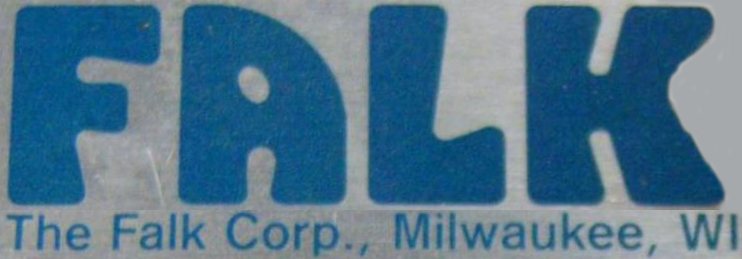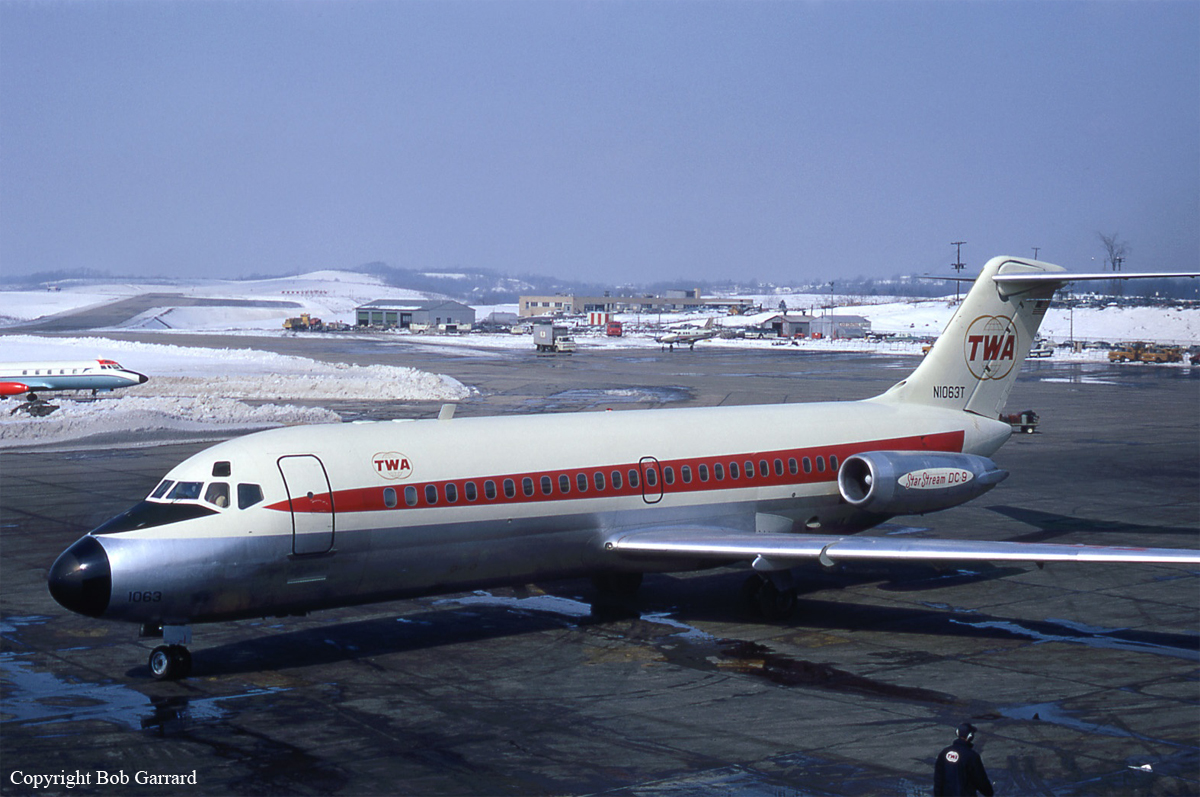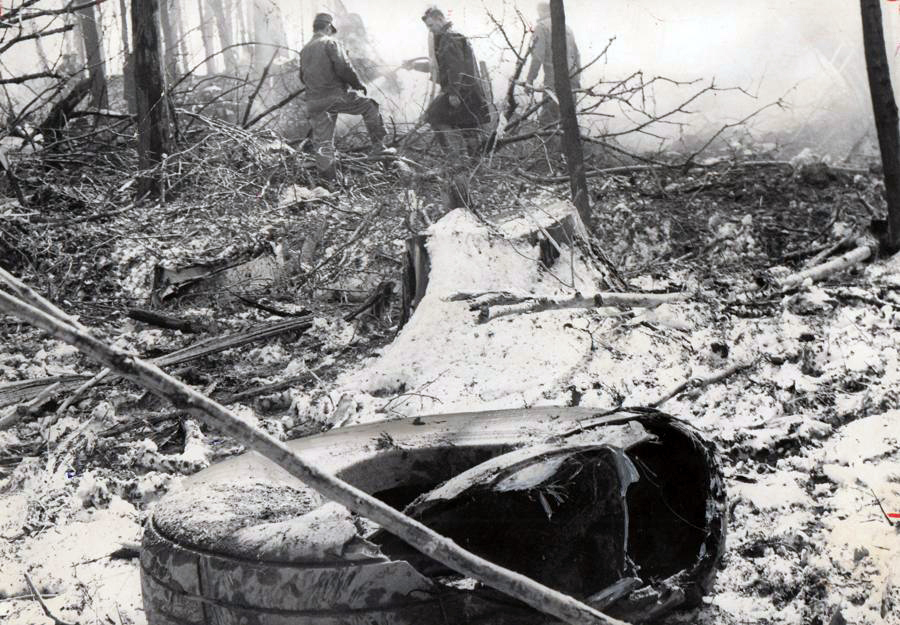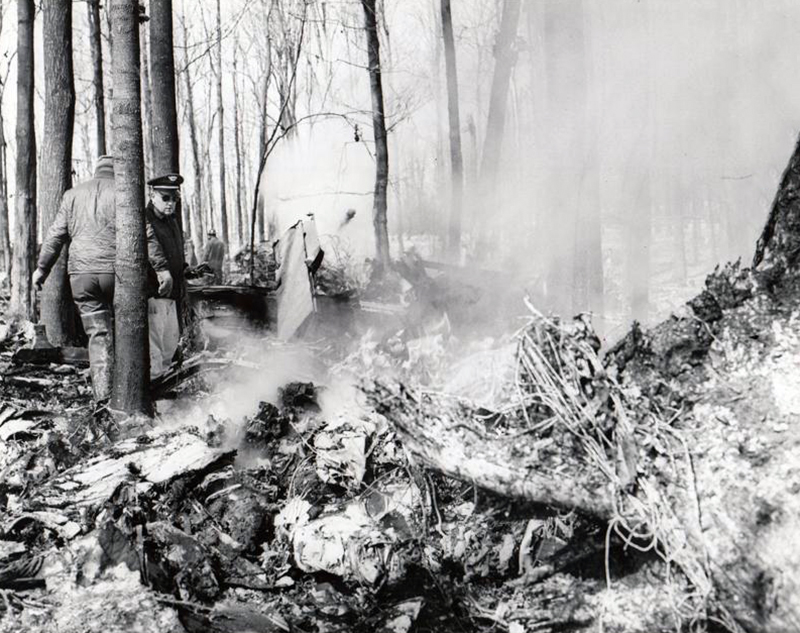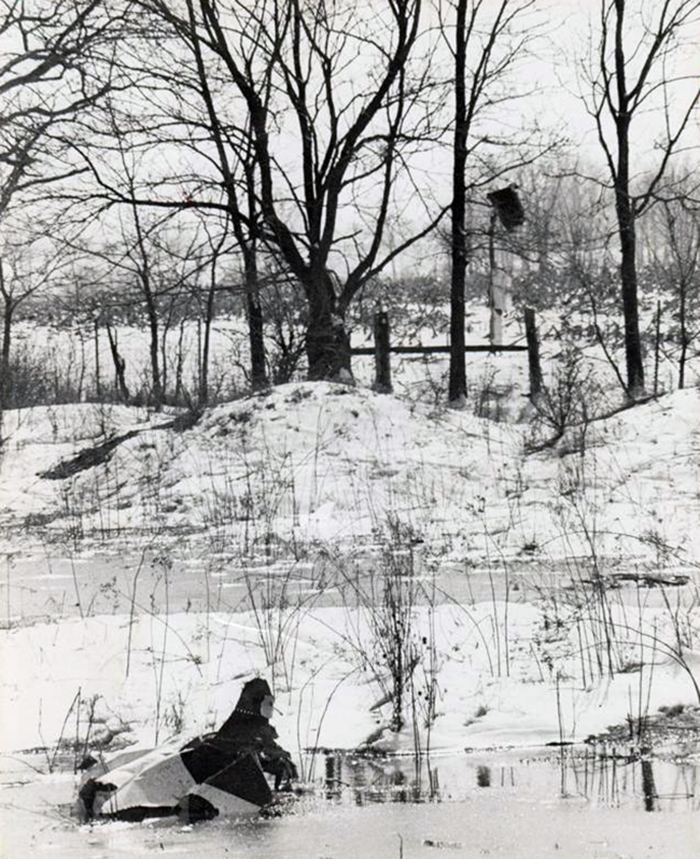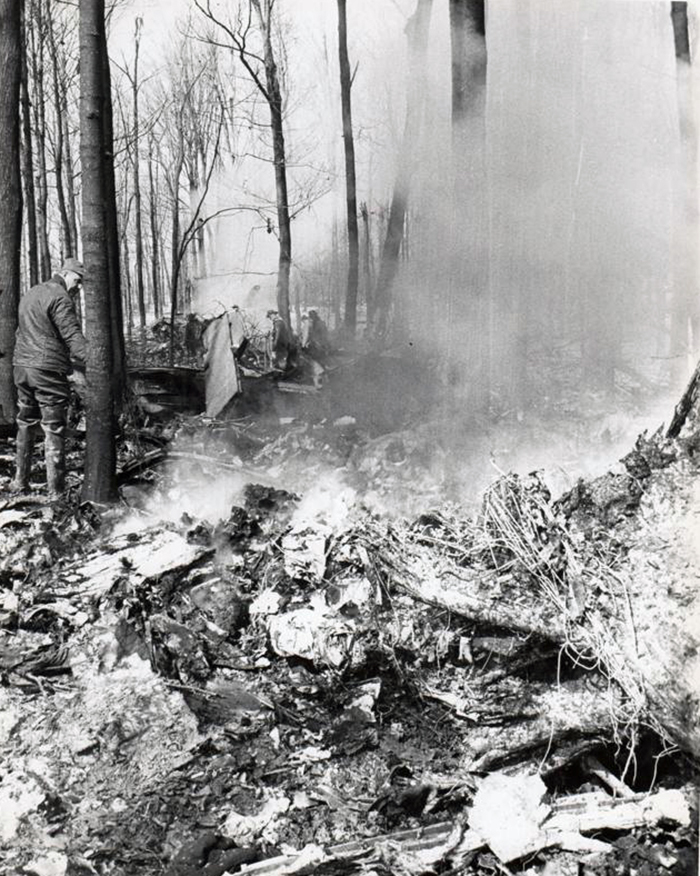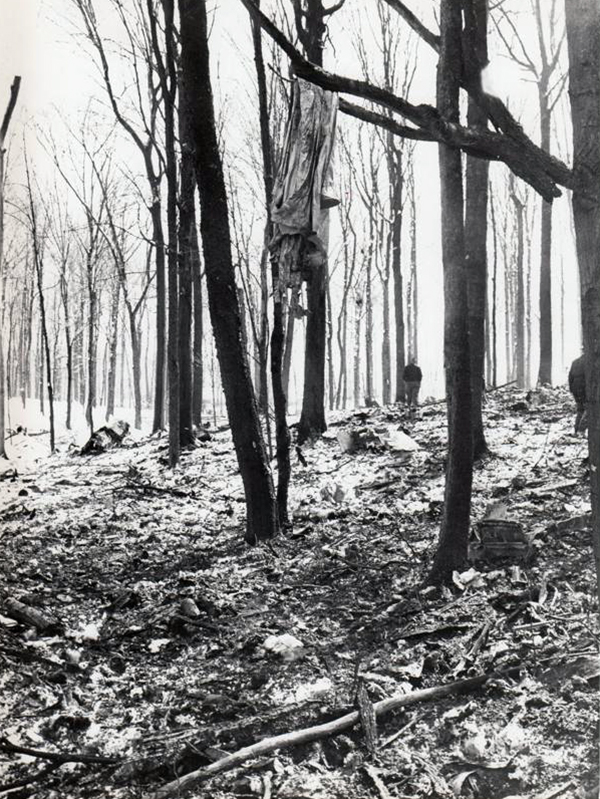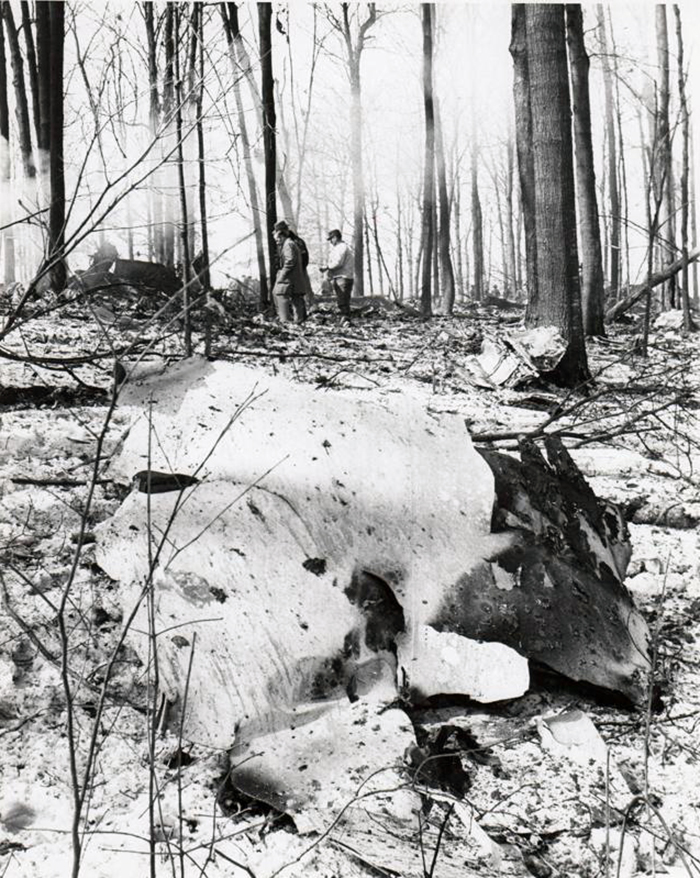Crash of a Beechcraft C-45G Expeditor in Detroit: 1 killed
Date & Time:
Jul 9, 1976 at 1846 LT
Registration:
N34CB
Survivors:
No
Schedule:
Detroit - Dayton
MSN:
AF-384
YOM:
1951
Crew on board:
1
Crew fatalities:
Pax on board:
0
Pax fatalities:
Other fatalities:
Total fatalities:
1
Captain / Total hours on type:
5000.00
Circumstances:
After takeoff from Detroit-City Airport, the twin engine airplane encountered difficulties to gain height. It struck power cables, stalled and crashed. The pilot, sole on board, was killed.
Probable cause:
Engine malfunction during initial climb. The following contributing factors were reported:
- Collision with wires/poles,
- Improper operation of powerplant and powerplant controls,
- Mismanagement of fuel,
- Fuel starvation,
- High obstructions,
- Foreign object damage,
- Both propellers feathered,
- Left fuel selector OFF position,
- Foreign object damage on right engine impeller,
- Fuel system different from other company aircraft.
- Collision with wires/poles,
- Improper operation of powerplant and powerplant controls,
- Mismanagement of fuel,
- Fuel starvation,
- High obstructions,
- Foreign object damage,
- Both propellers feathered,
- Left fuel selector OFF position,
- Foreign object damage on right engine impeller,
- Fuel system different from other company aircraft.
Final Report:


